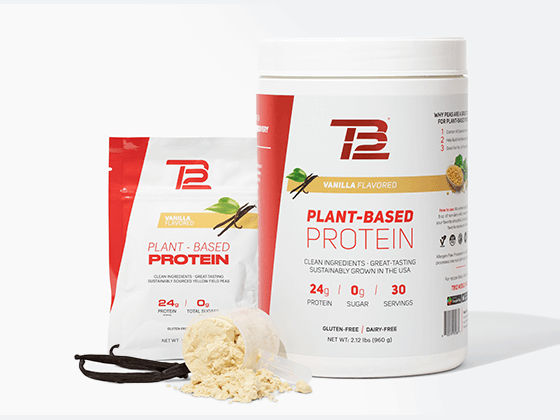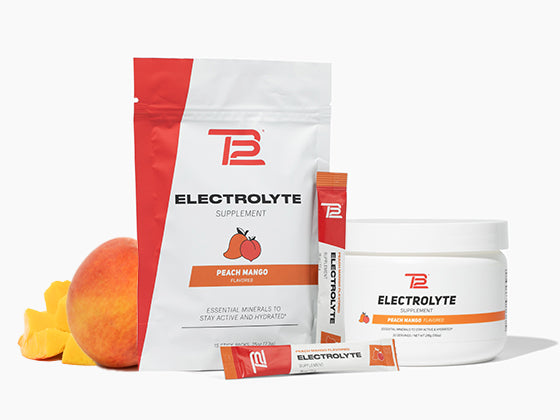Pliability isn’t just for your typical field or court athlete – it’s for everyone.
Whatever your favorite outdoor activity is, it’s important to train and prepare your body to handle the demands that come along with doing whatever it is you love to do.
For so many of us, outdoor activities like hiking, fishing, kayaking, biking, and swimming provide an escape from the daily stress of work and life. Outdoor activities like these are an incredible way to disconnect from technology and enjoy nature, and the benefits of exercising outdoors are well documented. They may not always feel like the most physically demanding activities, but even the impact of regularly hiking or fishing can cause tightness and imbalances in your body that can eventually cause injuries if they aren’t addressed.
If you want to keep yourself healthy and performing at your best in whatever outdoor activity it is that you love, you need to make pliability a habit.
Here are our favorite pliability techniques to use before and after you hike, fish, kayak, bike, or swim.
Hiking
Although hiking can vary anywhere from walking on a flat trail to scaling the side of a cliff or mountain, the bulk of the strain from a hike is placed on the lower body. Spend 5 minutes using your Vibrating Pliability Roller or Sphere to activate some of the key muscles in your lower body before you get to the trailhead. Focus especially on your glutes and calves.
Pliability for the Calves
- Begin by sitting on the ground and position the device behind your knee. Roll from behind your knee to the base of your ankle, then back up to the starting position.
- Be sure to cover the middle, outside, and inside of the muscle
- Repeat this motion until you feel a change in the tissue, then switch legs. You can increase pressure on the muscle by crossing your legs on top of the device.
Pliability for the Glutes
- Begin by sitting on the device with one side of your buttocks
- Roll from the top-back part of your leg up to the top of your hip (just below the low back)
- Be sure to rotate your leg and trunk as you roll to cover all parts of the muscles
- Repeat this motion until you feel a change in the tissue, then switch sides You can enable deeper pressure by crossing one leg over the other
Fishing
Fishing can create significant tension in both the forearm of the reeling hand, and the forearm of the hand you use to hold the rod steady. If you enjoy fishing for hours at a time, that tension can lead to tightness that extends into both biceps and causes discomfort as you fight to reel in a big catch. Preparing your body by rolling through your forearms and chest before you hit the water can help alleviate this tightness.
Forearm Pliability
- Roll from the top of your forearm down to your wrist, being sure to cover the middle, outside, and inside of the muscle
- Repeat this motion until you feel a change in the tissue, then switch arms. To better lengthen the muscles, you can extend your wrist up to the sky as you roll the device from your wrist back to your elbow.
Pliability for the Chest
- Begin by lying face down with the device positioned on your chest and your arm extended to the side
- Roll from the middle of your chest to the front of your shoulder, then back to the starting position
Kayaking
Kayaking is an often under-appreciated form of exercise, as it heavily involves your arms and shoulders and requires a strong, steady core. These muscles work in tandem to give you the strength and stability needed to paddle through the water at high speeds while maintaining balance.
For the casual kayaker, it's easy to become arm-dominant or allow your shoulders to shrug while you paddle, both of which can lead to tightness and injury. For your pre- and post-kayaking pliability, focus on targeting the posterior of your shoulders, and the area between your shoulder blades.
Pliability for the Posterior Shoulder
- Begin by standing facing away from a wall and position the device between the wall and your shoulder blade
- Rotate slightly toward the wall to allow better contact with the rotator cuff
- Roll from the shoulder blade toward the top edge of your shoulder, then back.
- Repeat this motion until you feel a change in the tissue, then switch sides. To better lengthen the rotator cuff, you can lift your arm over your head then back toward your body
Pliability Between the Shoulder Blades
- Begin by sitting in front of the the device, then lean back until it’s positioned between your shoulder blades
- Cross your arms across your chest to open up the shoulder blades
- Roll up and down between your shoulder blades, being sure to rotate your trunk from side-to-side in order to get both sides of the muscles between your shoulder blades.
Biking
Bicycling comes in so many forms now – spin classes, in-home stationary bikes, recreational cycling outdoors, and more intense, competitive racing. There's something for everyone in the cycling world, and most of us will find ourselves riding a bike one way or another during the beautiful summer and fall weather.
You would think that a lower-body dominated exercise like cycling would be great for creating strong glutes. After all, this muscle group is primarily active in hip extension, a major component of pushing down on the pedals.
Glutes are also largely responsible for hip abduction, adduction, and rotation. This is where cyclists get in trouble, and where pliability can help. As glute activation decreases, athletes gravitate to a cycling position that is more quad dominated, which then further diminishes glute activation.
We love to use pliability to help activate the glutes before a ride, and release any tension throughout the quads
Pliability for the Glutes
- Begin by sitting on the device with one side of your buttocks
- Roll from the top-back part of your leg up to the top of your hip (just below the low back)
- Be sure to rotate your leg and trunk as you roll to cover all parts of the muscles.
- Repeat this motion until you feel a change in the tissue, then switch sides. You can enable deeper pressure by crossing one leg over the other.
Pliability for the Quads
- Begin face down, propped up on your elbows with the device on your front thigh right above the knee
- Roll from the top of your knee to the front of your hip — just below your pelvis — then back down to the starting position
- Be sure to cover the middle, outside, and inside of the muscle
Swimming
Swimming is a fantastic form of total body exercise – its great for active people of all ages and offers both a cardiovascular workout and physical challenge. Swimming is unique in that it requires a lot of both the upper and lower body, and it's important to adequately take care of both key components in your pre- and post-swimming pliability.
With your upper body, focus especially on the musculature in your shoulder, as swimmers do sometimes tend to experience shoulder tightness and pain if not properly prepared. In the lower body, focus on pliability for your hamstrings.
Pliability for the Shoulder
- Begin by standing side facing a wall and position the device between the wall and your shoulder
- Roll from the top of your shoulder down to the middle of your upper arm.
- Rotate your trunk, making sure to cover the middle, front, and back parts of the muscles.
- Repeat this motion until you feel a change in the tissue, then switch sides.
Pliability for the Hamstring
- Begin by sitting on the ground with the device behind your knee
- Roll from the back of your knee up to the base of your bottom, then down to the back of your knee. Be sure to hit the middle, outside, and inside of the muscles
- Repeat this motion until you feel a change in the tissue, then switch legs.





